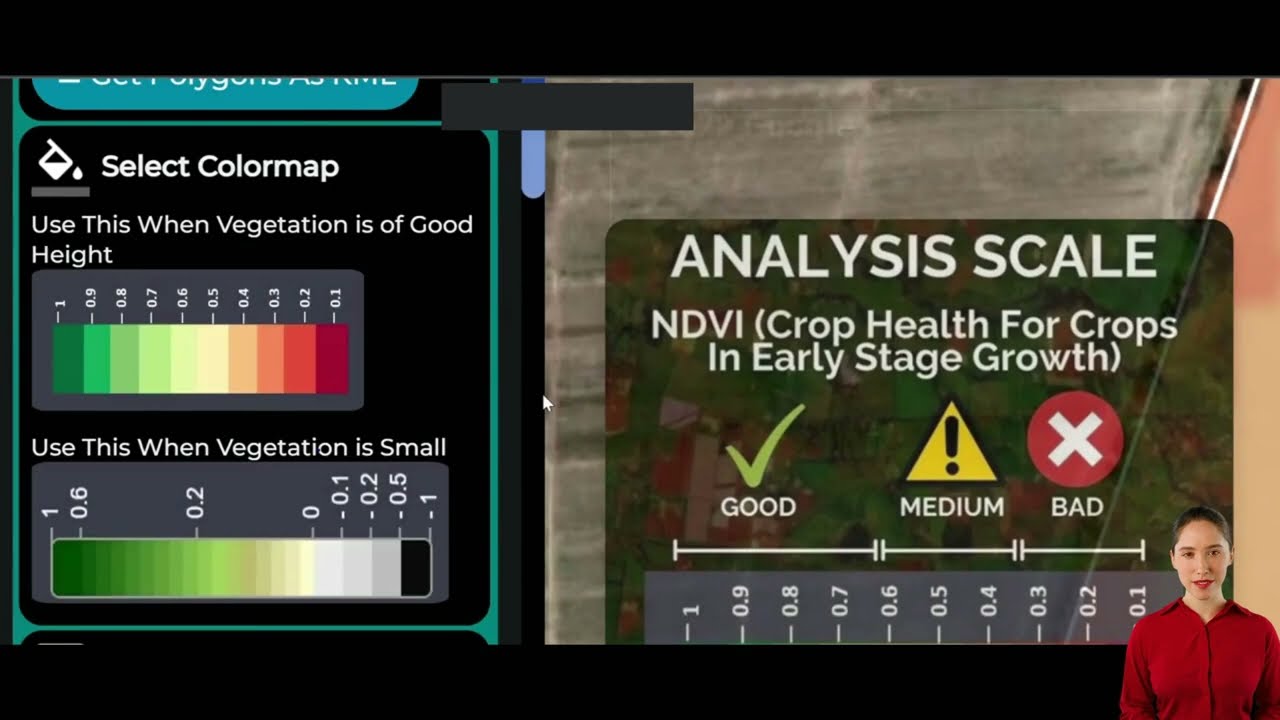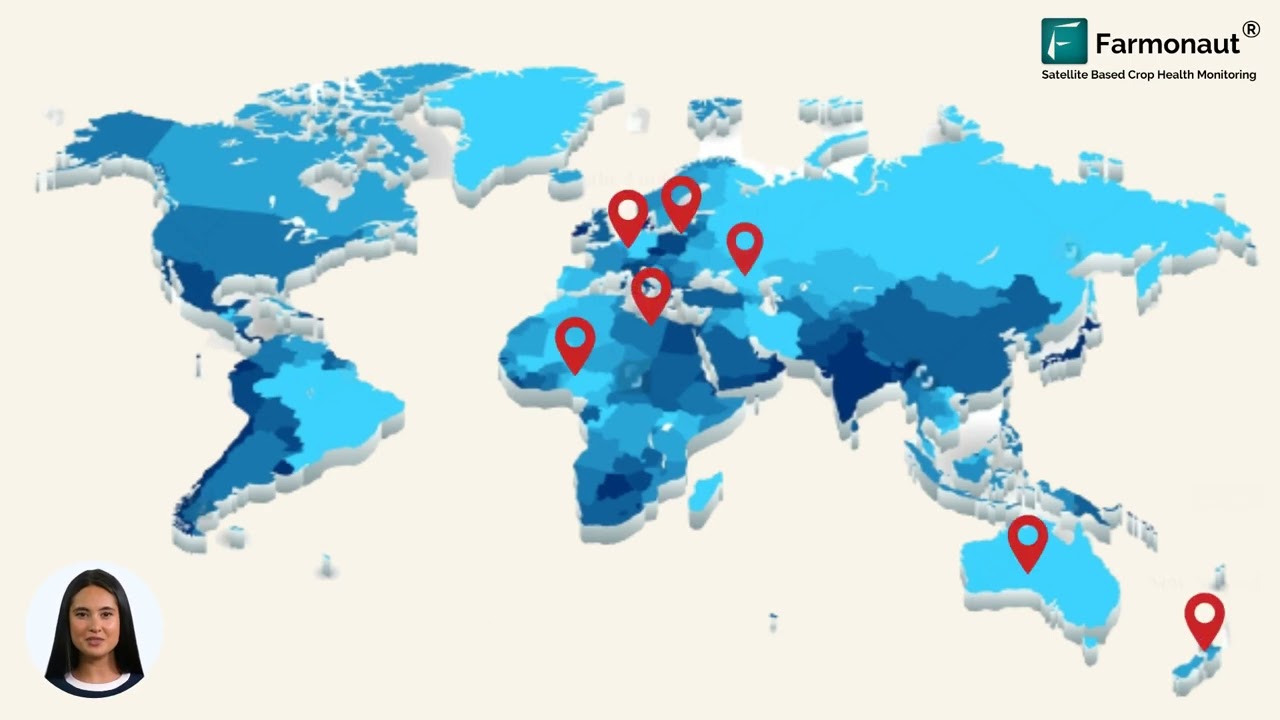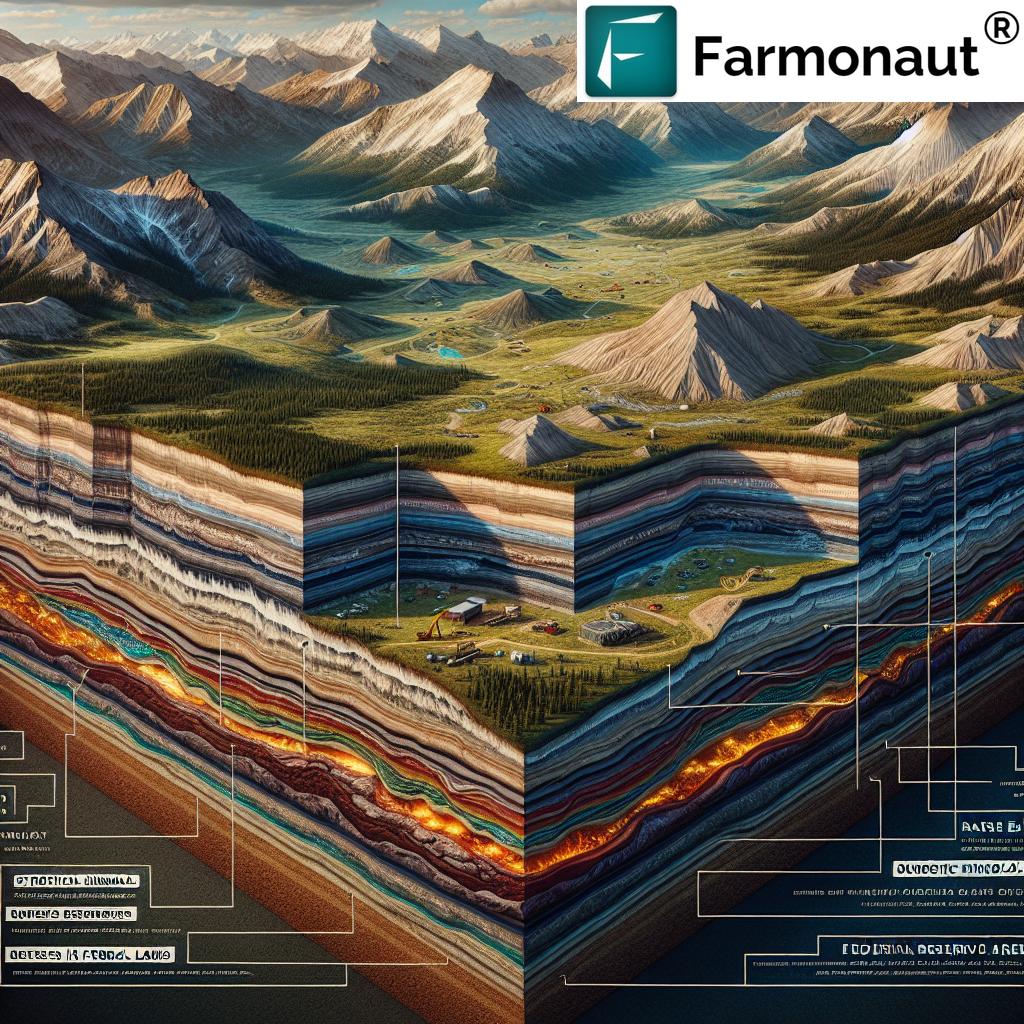Montana Mineral Exploration: 5 Powerful Insights for 2025 Success
Montana Mineral Exploration Trends & Insights
In the evolving landscape of Montana mineral exploration, the year 2025 stands as a pivotal period, presenting a combination of technological advancement, systematic exploration, and favorable market conditions. As we collectively witness the surge of copper gold mining projects in Western Montana, our focus sharpens on high-potential geological provinces where carbonate replacement deposits (CRDs) and porphyry copper targets are being aggressively explored.
With new exploration programs such as those advanced by pioneering companies at the Smart Creek Project, we are seeing a transformation in the identification of high-grade ore zones—driven by detailed mapping, rock and soil geochemical sampling, and the integration of cutting-edge geophysical techniques. These efforts are further supported by rising copper and gold prices and pro-mining policies in the United States, positioning Montana as a prime jurisdiction for new discoveries in 2025.
In this in-depth article, we highlight five powerful insights for 2025 success in Montana mineral exploration, unpack advances in carbonate replacement deposits, reveal how systematic mapping and sampling are uncovering high-grade gold and copper, and provide actionable intelligence for professionals, investors, and geoscientists seeking to capitalize on Montana’s world-class opportunities.
Highlights and Summary of Montana Mineral Exploration 2025
- Montana’s Smart Creek Project (located in western Montana) is at the forefront with its focus on multi-disciplinary fieldwork. The property is highly prospective for porphyry copper-gold and carbonate replacement deposits (CRDs)—mineral systems historically responsible for Montana’s legacy of copper and gold production.
- Three high-priority target areas have been identified: Smart Creek, Sunrise Mine, and Radio Tower, informed by systematic mapping, robust geochemical sampling, and induced polarization (IP geophysics).
- Alteration mapping and thin section analysis now enable better vectoring toward mineralization centers, especially where marble and reactive carbonate host rocks yield high-grade copper-gold-silver ore zones.
- From historic drill results in Montana to advanced 2025 exploration programs, new plans aim to unlock world-class economic mineralization by leveraging technological innovation and robust geological understanding.
Comparative Trends & Deposits Summary Table
The following table offers a comparative overview of prominent Montana mineral exploration projects, focusing on carbonate replacement deposits, systematic mapping, geochemical strategies, and estimated grades. This summary underscores recent advancements and emerging trends relevant to mining professionals and investors.
| Deposit/Site Name | Deposit Type | Exploration Method | Estimated Gold Grade (g/t) | Estimated Copper Grade (%) | Notable Advancements (2025 Focus) | Key Findings/Trends |
|---|---|---|---|---|---|---|
| Smart Creek (Main) | Porphyry Copper-Gold, CRD | Systematic mapping, rock and soil geochemistry, IP geophysics | up to 0.042 (historic) | 0.75 (recent drill intercept) | Mapping of sericite, marble alteration; multi-zone targeting | Multiple untested porphyry-skarn-CRD footprints |
| Sunrise Mine Area | CRD, Skarn, Replacement Gold | Historic and modern geochemical sampling, litho-structural analysis | 6.22 (historic) | 1.5 (historic) | Systematic soil infill; 3D geological modeling | High-grade gold with Cu-Ag association |
| Radio Tower Target | Porphyry Copper, Skarn, CRD | Thin section analysis, IP geophysics, slab-staining | — | Under evaluation | De-risking with cost-effective mapping; focus on potassic alteration | Proximity to fluid source, overprinting alteration |
| Smart Creek South | Exotic Copper, Replacement | IP & magnetotelluric surveys, rock geochemistry | — | Under evaluation | Target refinement ongoing for Q2 2025 drilling | Responsive diabase host rocks, potential high-grade |
Insight 1: Emergence of Carbonate Replacement Deposits (CRDs)
One of the most pronounced trends in Montana mineral exploration is the emergence and prioritization of carbonate replacement deposits (CRDs) as primary exploration targets.
CRDs represent a highly prospective style of mineralization in western Montana, often yielding abundant copper, gold, and silver within reactive carbonate host rocks. This is reflected in the growing percentage of new finds being linked to such replacement systems, as demonstrated by exploration efforts at Smart Creek and Sunrise Mine.
Why Are CRDs Gaining Importance?
- Grades and Tonnage: CRDs offer potential for both high-grade and large-tonnage discoveries—highly attractive to mining companies and investors seeking scale.
- Responsive Host Rocks: Carbonate (marble, limestone) host rocks are highly reactive, creating optimal conditions for base and precious metal deposition by mineralizing fluids.
- Positive Exploration Results: The 2024 systematic mapping and geological sampling campaigns established clear vectors to CRD mineralization, with numerous untested zones showing elevated geochemistry.
Systematic mapping and sampling enable geologists to delineate areas where fluid flow and alteration have created ore-grade mineralized zones, underpinning 2025 drill plans. Altogether, CRDs represent both a strategic exploration focus and a technical challenge, requiring the integration of field geology, petrography, and real-time geochemical feedback.
Insight 2: Advances in Geological Mapping and Sampling
The backbone of high grade gold mineralization discovery in Montana is a data-driven approach centered on geological mapping and sampling. Recent years have witnessed significant technological and methodological advances that enable the rapid, systematic evaluation of large and complex properties.
Systematic Exploration Techniques in Focus
- 3D Geological Mapping: Detailed surface and subsurface mapping, particularly in the United States, provides clarity on the spatial distribution of host rocks, structural controls, and fluid pathways essential to mineralization.
- Rock and Soil Geochemistry: The deployment of portable XRF units in the field allows for in-situ analyses, guiding sampling strategies and prioritizing anomalous ore zones for further work. Soil infill grids further refine prospective areas, especially at Smart Creek and Sunrise targets.
- Alteration Mapping: All samples undergo systematic alteration staining (e.g., K-feldspar slab-staining, ultraviolet light on carbonate veins), which reveals proximity to porphyry and CRD ore bodies by highlighting cryptic alteration halos.
- Geochemical Analysis: Carbon-oxygen isotope analysis of marble and limestone quantifies the alteration intensity, informing vectoring and drill targeting within extensive alteration footprints.
In our field programs, we have learned that the close integration of mapping, alteration characterization, and iterative rock and soil geochemistry is critical for the efficient advancement of targets toward drilling. Companies embracing these systematic exploration techniques are poised to deliver outperformance in the competitive mineral exploration sector.
For those in agriculture and resource sectors seeking similar systematic monitoring, Farmonaut offers advanced satellite-based solutions that deploy AI and multispectral data to enhance field monitoring and decision-making. Learn more about real-time crop health monitoring and resource management on our Large-Scale Farm Management page.
Insight 3: The Role of Modern Geophysics in Mineral Discovery
The use of geophysics—especially IP (induced polarization) surveys—has become a cornerstone in identifying subsurface sulfides and guiding drilling on Montana’s leading properties. IP is particularly potent in differentiating between barren rock and chargeable, mineralized zones within carbonate and porphyry systems.
How Geophysics Shapes Exploration Success
- IP Surveys Extend Discovery: By mapping chargeability anomalies, teams delineate potential sulphide bodies—essential in hidden or deeply eroded porphyry copper targets montana.
- Integration with Geochemical Datasets: Overlapping anomalies across mapping, geochemistry, and IP results serve as robust predictors for high-priority drill targeting. The integrated approach maximizes drill success rates.
- Refining Target Volumes: Systematic geophysical evaluation, coupled with classic fieldwork, allows for dynamic updating of project models as new data is obtained. This real-time refinement is central to de-risking expenditures and maximizing discovery.
Continued expansion of IP survey grids, as planned in 2025 across the Radio Tower, Smart Creek, and Sunrise targets, exemplifies Montana’s commitment to deploying every technical advantage available in the hunt for new mineralized zones.
Need data integration for environmental monitoring or compliance reporting? Explore Farmonaut’s Carbon Footprinting tools for real-time emissions tracking and resource efficiency in large-scale operations.
Insight 4: The Importance of Host Rock Alteration in High-Grade Discovery
A recurring theme in successful montana mineral exploration is the meticulous study of host rocks and the styles of alteration they exhibit. The alteration of carbonates to marble and the development of cryptic potassic, sericite, and skarn-related mineral assemblages have direct implications for ore formation.
Key Alteration Features and Their Significance
- Cryptic Potassic & Calc-silicate Alteration: Identification of these high-temperature alteration styles, especially in thin section, points toward proximity to porphyry centers. Telescoping—where multiple alteration and mineralization styles overprint each other—is a sign of system robustness, often yielding higher grades.
- Marble Overprinting: The transformation of carbonate host rocks into marble signals reactive geological conditions—these rocks trap mineralizing fluids, potentiating the formation of high-grade ore bodies.
- Preservation Level: The preservation of alteration halos, especially where erosion has not breached the main system, supports enhanced exploration potential.
Understanding these alteration features allows for targeted drilling, dramatically increasing the likelihood of intersecting economic copper-gold-silver ore.
Leveraging data for property evaluation? Farmonaut’s Blockchain-Based Traceability products enhance transparency in tracking resources from field/extraction through to processing or market delivery.
Insight 5: Systematic Exploration Techniques, Drilling, and Investor Focus
Montana’s 2025 exploration field programs are built upon an unwavering commitment to systematic, data-rich exploration. The prime examples include the Smart Creek Project’s multi-stage advancement from surface mapping to the planned deep drilling set for Q4 2025.
Best Practices in Systematic Exploration
- Phased Target Advancement: Targets are scored and prioritized based on geological, geochemical, and geophysical ranking—maximizing efficiency through sequential de-risking.
- Field Program Scheduling: Mapping, sampling, and alteration analysis precede drilling, with drill targets finalized using overlapping datasets. This minimizes dry holes and reduces investor risk.
- Investment Appeal: As regulatory and permitting environments improve in Montana (a consistently pro-mining state in the United States), more investors are backing junior explorers. Rising commodity prices reinforce this momentum for copper-gold mining projects.
Furthermore, historic drill results from Montana—such as the 109.73m interval grading 0.75% Cu and 18.74 g/t Ag—fuel investor enthusiasm and set a benchmark for new discoveries.
If managing large assets or seeking integrated management for complex operations, see Farmonaut’s sophisticated Fleet and Resource Management platform for actionable data and logistical optimization in mining and agriculture.
Integrated Digital Platforms for Mining: Farmonaut’s Role
As mineral exploration becomes increasingly interdisciplinary, the need for robust, digital decision platforms grows ever more acute. While our core focus here is on mining and mineral systems, it’s worth noting that the technologies transforming Montana’s ore discoveries overlap with solutions available in agriculture and other resource-based industries.
- Satellite Monitoring & AI-Driven Insights: Value-added monitoring of land use, alteration footprints, and environmental impacts can benefit from the same advanced satellite imagery, AI, and real-time advisory systems that Farmonaut deploys for precision agriculture.
- Blockchain-Based Traceability: Transparency in mineral supply chains—from field sample to smelter—can draw from Farmonaut’s product traceability architecture.
- Resource and Carbon Management: Mining projects can use streamlined digital solutions for carbon footprinting, resource tracking, and reporting, ensuring regulatory compliance and sustainability credentials.
- API Integration: For developers and mining technology companies, Farmonaut provides a comprehensive Satellite and Weather Data API and full API developer documentation, enabling seamless system integrations.
Farmonaut’s approach—making real-time, affordable, and actionable data accessible to any sized operation, from farm to mine—is shaping the digital future of resource management.
To experience these solutions directly, try Farmonaut’s multiplatform app (Android, iOS, Web) for integrated monitoring, or read about specialized advisory and plantation/forest tracking at our Crop Plantation & Forest Advisory page.
FAQ: Montana Mineral Exploration 2025
What makes Montana a prime location for mineral exploration in 2025?
Montana’s unique geology, permissive regulatory environment, and the presence of high-grade copper-gold and carbonate replacement deposits (CRDs) make it highly attractive. Historic mines like Butte have proven world-class endowments, and current market trends favor domestic mineral supply in the United States.
What are carbonate replacement deposits (CRDs), and why are they important?
CRDs are ore deposits formed when mineralized fluids replace carbonate host rocks, often producing high-grade copper, gold, and silver. They are significant in Montana due to their large tonnage potential and favorable grades, particularly in areas with abundant marble and limestone.
Which exploration techniques are driving success in Montana?
Systematic mapping, rock and soil geochemical sampling, alteration analysis, and advanced geophysical surveys (notably IP) are enabling precise vectoring to high-grade ore zones. Portable XRF and isotope analysis add real-time data for targeting.
How do host rocks and alteration affect mineralization?
The type and alteration of host rocks (e.g., transition from carbonate to marble, presence of potassic- and calc-silicate alteration) directly control ore deposition and grade. Geologists analyze these traits to determine how close a sample or zone is to a productive mineralized center.
What’s next for Montana exploration projects in 2025?
Finalizing drill targets from new fieldwork, increasing IP and geochemical grid coverage, and leveraging digital data platforms. With new investor interest and rising commodity prices, Montana’s robust pipeline of copper-gold projects is expected to advance rapidly.
Conclusion: The Path Forward for Montana Mineral Exploration
As we engage with the latest Montana mineral exploration trends, the fusion of multidisciplinary strategies—ranging from advanced mapping and sampling to geo-analytical and digital solutions—is propelling the industry toward significant new discoveries.
The critical focus on carbonate replacement deposits and the emergence of high-grade findings through data-rich, systematic methodologies signal that the state’s copper and gold potential is far from exhausted. As we move toward an era defined by sustainability, transparency, and rapid technological progress, platforms like Farmonaut demonstrate the vital role of integrated, affordable, and scalable digital tools for resource-sector organizations.
We invite geoscientists, investors, resource managers, and all stakeholders in mining and agriculture to leverage these insights, adopt best-in-class techniques, and take advantage of digital advancements to shape a prosperous and sustainable future for Montana—and beyond.
Note: This article consolidates developments, public information, and industry best practices available as of April 2025. All resource estimates are indicative and subject to change after further exploration and validation.






















